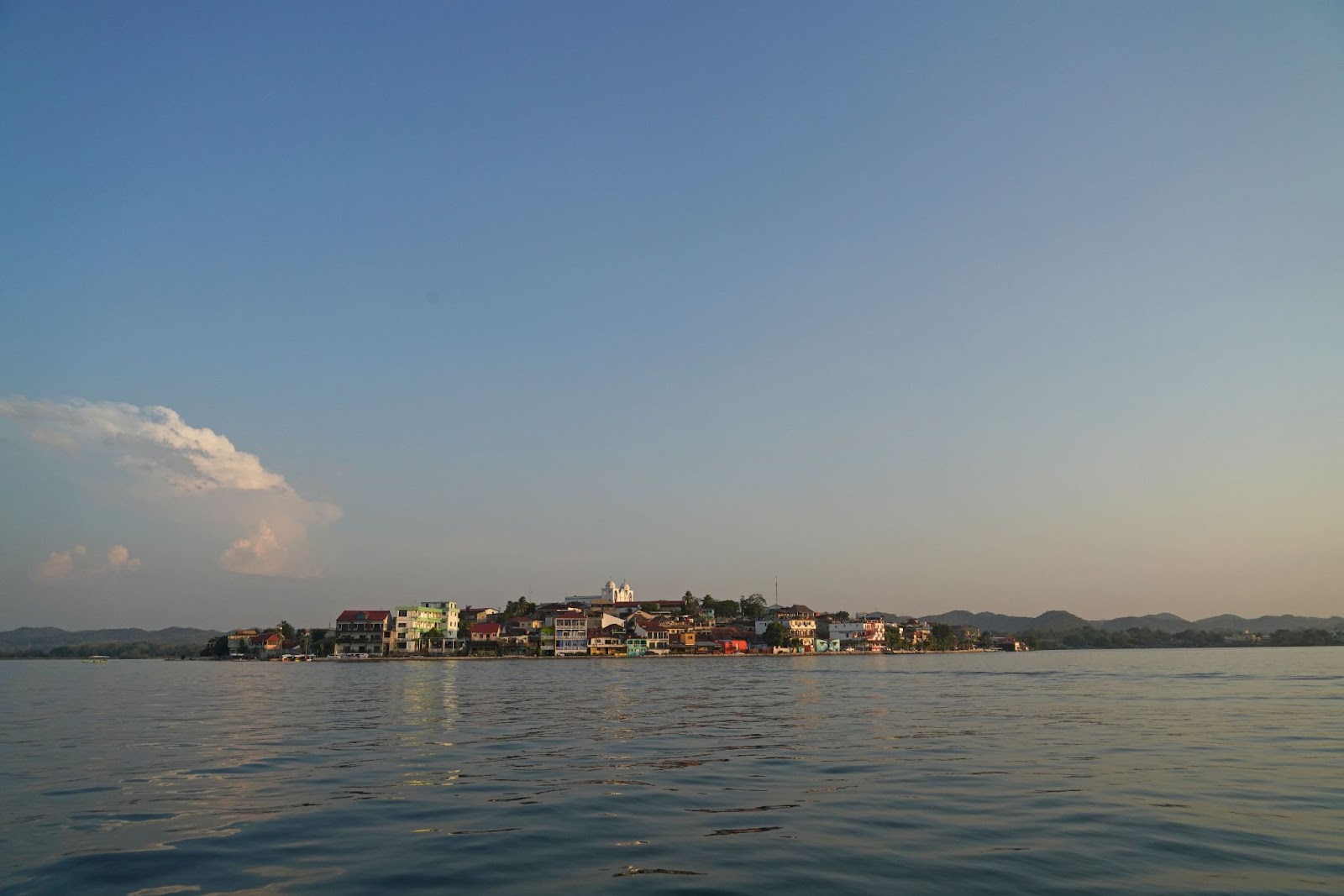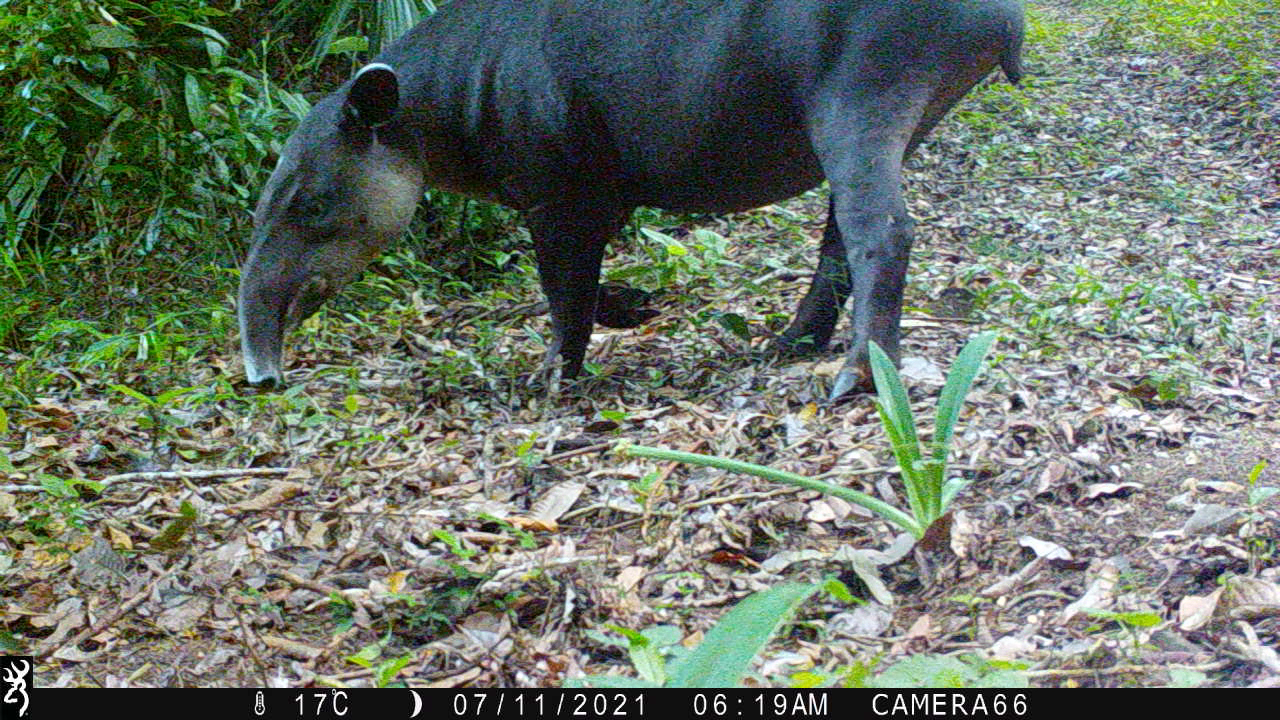by Víctor Hugo Ramos · WCS Mesoamerica and the Caribbean
In mid-April 2020, a thick blanket of smoke covered a significant portion of Honduras, Guatemala, and southeastern Mexico, affecting the air quality breathed by nearly 20 million people. This phenomenon persisted for 30 consecutive days, with varying degrees of impact across different regions. The origin of this event lay in the combustion of biomass resulting from agricultural burns and wildfires, fueled by conditions of low humidity and high temperatures during the peak of the dry season.
Fire has been used as an agricultural tool worldwide for thousands of years, but in modern times, the scale of such incidents poses extremely harmful problems for forests, wildlife, and the public health of human populations. In the context of the International Day of Clean Air for blue skies, whose theme this year is "Together for Clean Air," it is crucial to acknowledge how climatological phenomena like El Niño can exacerbate the issue of wildfires in Mesoamerica and their impact on the 5 Great Forests.
 Photo: MODIS TERRA True Color, April 23, 2020. Source: Worldview, NASA, Moderate Resolution Imaging Spectroradiometer
Photo: MODIS TERRA True Color, April 23, 2020. Source: Worldview, NASA, Moderate Resolution Imaging Spectroradiometer Photo: When agricultural burning is not carried out with good fire management and safety practices, it can turn into an uncontrolled wildifre.
Photo: When agricultural burning is not carried out with good fire management and safety practices, it can turn into an uncontrolled wildifre. Photo: A blue sky, one afternoon on Flores Island, Petén, Guatemala.
Photo: A blue sky, one afternoon on Flores Island, Petén, Guatemala.
The smoke from wildfires and burning plant material is primarily composed of very fine (microscopic) particles and gases that can deeply penetrate the respiratory system of those who breathe them. Exposure to these particles and gases can lead to transient issues such as eye and respiratory tract irritation. In cases of long-term exposure, wildfire smoke can be the cause or aggravating factor of serious heart and lung diseases, ultimately resulting in preventable premature deaths. More recently, possible additional connections have been established between wildfire and burn smoke and the reduction of cognitive capacity, potential disorders in children born to pregnant women exposed to smoke, and the diminished effectiveness of the immune system.
The problem of wildfires and the misuse of fire as an agricultural tool is endemic in our region and affects different countries to varying degrees. Mexico, Guatemala, Belize, Honduras, and Nicaragua have experienced catastrophic fire events in the last 25 years, often associated with prolonged droughts combined with abnormally high temperatures. The emphasis on this issue has largely focused on conservation, forests, and wildlife, but the dimension related to human health deserves more attention. It is a problem that reduces the quality of life over extended periods and potentially leads to premature deaths.

 Photo: Jaguars and tapirs captured in the Maya Biosphere Reserve. Forest fires affect wildlife habitat as well as the air quality in forests.
Photo: Jaguars and tapirs captured in the Maya Biosphere Reserve. Forest fires affect wildlife habitat as well as the air quality in forests.
In a year marked by the presence of the El Niño phenomenon, with global temperatures reaching historic levels, we make a call to action to prepare ourselves and implement better measures for fire management, preventing wildfires from affecting wildlife, air quality, and public health.
A comprehensive approach that combines prevention, management, and awareness of the impacts of wildfire smoke on human health is essential to ensure a blue sky and clean air in Mesoamerica.